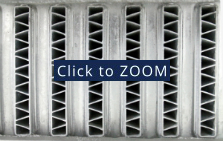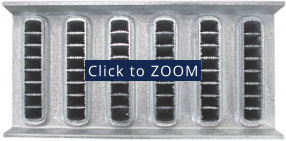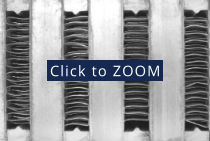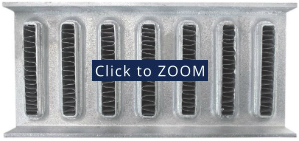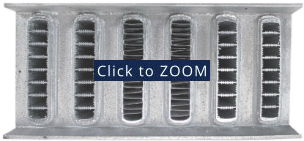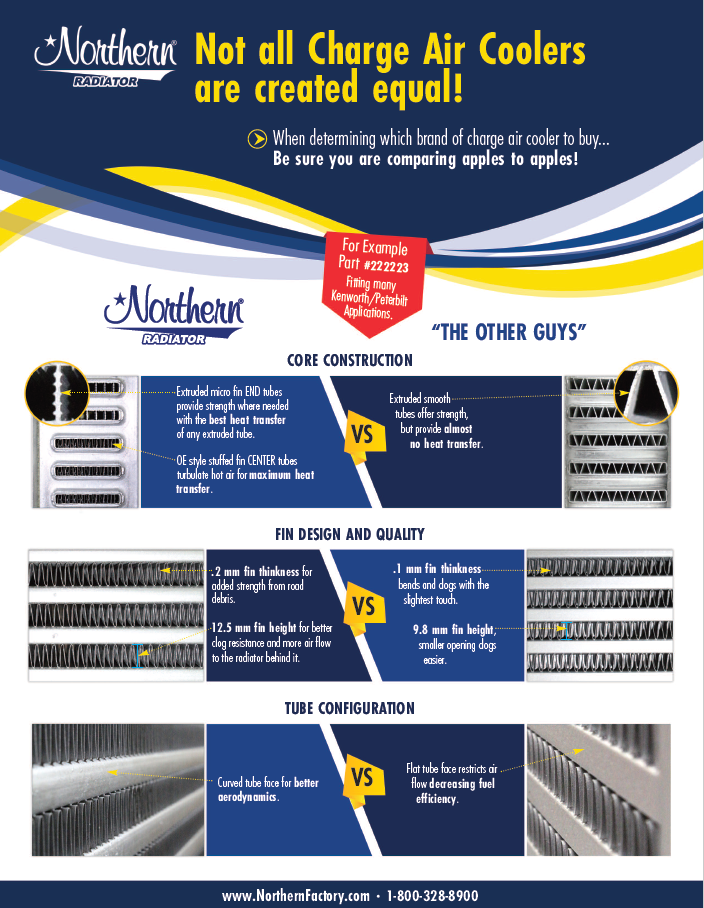Charge Air Cooler CORE TYPES Guide
There are multiple different core types available on the market. Please see below to learn more about their advantages and disadvantages
Smooth Extruded:
PROS: Cheap
CONS: Very poor cooling
Ideal for: NEVER
These cores are cheap to build and have very poor cooling efficiency. They exist in the market because they are very easy to braze. Any manufacturer with experience in brazing radiators can come out with this kind of charge air cooler easily. In short, these coolers look like charge air coolers but they cool very little. Buyer Beware!
Microfin Extruded:
PROS: Better cooling than bar-plate when constructed for high boost pressure applications, Lighter than bar-plate
CONS: Poor cooling efficiency if not engineered with enough tubes for the application
Ideal for:
- High performance diesel apps with high boost pressure
- Can withstand very high temp and pressure.
Very strong core, but depending on core configuration can have a lower cooling efficiency than OE and Northern Hybrid. (see con listed above)
Bar-Plate:
PROS: Strong, Low warranty returns
CONS: Less cooling than microfin & Northern hybrid, Lack of aerodynamics, Heavy, Expensive
Ideal for:
- High stress
- High boost pressure
- Heavy off-road equipment
Aftermarket manufacturers have widely promoted the bar-plate as it does not require tooling or skilled brazing. In a direct comparison for the same size cores, the Northern Hybrid Core has a better performance in cooling efficiency. People like bar-plate because it is very strong and has very low warranty return rates. The burst pressure is very high in bar-plate, thus normal operation pressures never approach the burst pressure. However, bar-plate is very heavy, more expensive, and less efficient than some other types of cores. Bar-plate has different airflow characteristics: the bars typically have a flat face and do not have the aerodynamics of a round nose tube. Bar-Plate does have its place in certain high stress CAC applications, where its strength is an advantage.
Northern Hybrid:
PROS: Best cooling to strength ratio, Stronger than OE, Reduced failure rate in four corners (compared to OE), Thicker fins than OE
CONS: Not suitable in every application, Can't handle high performance boost pressure, Not as durable as bar-plate in large off-road equipment
- When both efficient cooling and strength are the priorities
- Most Heavy Duty truck & bus applications
Uses a combination of microfin extruded tubes at both ends of the core and stuffed tubes throughout the center of the core, effectively reducing the failure rate in the four corners. To achieve optimal cooling to strength ratio we use thicker fins than OE.

